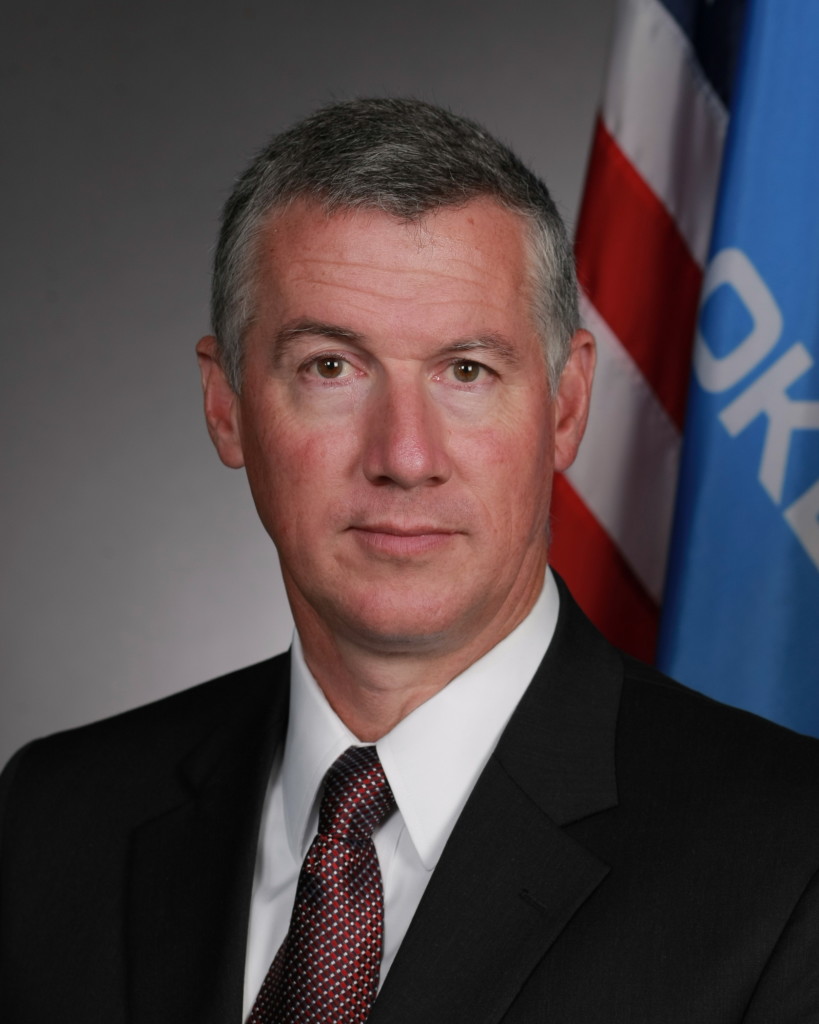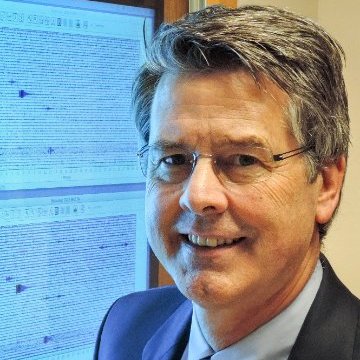By Jason Doyle Oden
The McCarville Report
A group of legislators heard the latest results of efforts to discover the cause and address the issue of increasing earthquakes in Oklahoma including a possible slowing trend. The work has been guided by the Governor’s Coordinating Council on Seismic Activity. The Council is led by Energy and Environment Secretary Michael Teague who lead off the testimony at the joint interim study at the Capitol.
Teague said it all begins with the work of the Coordinating Council.
 “It really has been a combination of agencies, industry, academics, non-governmental organizations, even representatives from both the House and the Senate. The Governor announced the Coordinating Council last September at the Energy Conference,” Teague told the committees.
“It really has been a combination of agencies, industry, academics, non-governmental organizations, even representatives from both the House and the Senate. The Governor announced the Coordinating Council last September at the Energy Conference,” Teague told the committees.
When the increased number of earthquakes began, many began to blame the oil and gas industry. As more data was collected, the state recognized that wastewater disposal wells had something to do with the ever increasing quakes. When the industry was invited to work with the Council, the critics began voicing concern. Teague argues the oil and gas industry has been a vital part of finding a solution.
“We would not be nearly as far along as we are in understanding the problem or in trying to fix this problem without the help of industry. Everything from sharing data, which is probably the first piece we started with last year. In order for the Commission to make great regulatory decisions they need the Geologic Survey to do a great analysis. In order to do that, you need data and industry has the data.”
Bringing plenty of data with him, Oklahoma Geological Survey Director Dr. Jeremy Boak told the committee his agency is collecting data. The Survey has about 40 monitoring stations placed in seismically active areas. That capability is being expanded.
“They are concentrated in the areas that do have the highest seismicity. We’re adding a few stations because of a grant we received last year.  Those will be installed over the course of the remainder of the fall,” Boak testified.
Those will be installed over the course of the remainder of the fall,” Boak testified.
The year 2012 is when the dramatic increase in earthquake activity was being documented. Of course, the state had experienced large tremblers which caused damage in Pottawatomie County before then. The regular occurrence of seismic activity created a buzz on social media as people began to share when they felt a quake.
Boak said in 2015, Oklahoma has more days with earthquakes than it does without.
“There are very few days were there are zero earthquakes and there are days when there are as many as fifteen. A number of those are small.”
So far this year, Oklahoma has had more than 700 earthquakes of magnitude three or greater.
“Could end up by the end of the year with somewhere between and even perhaps a thousand earthquakes.”
The Oklahoma Corporation Commission on advice from the Coordination Council created a system to address the link between disposal wells and the earthquakes. The Commission created areas of interest and engaged the disposal well operators in those areas. Data indicates the moves to either shut in or reduce volumes of the wells in earthquake prone areas indicates a downward trend. The ninety day average of earthquakes has begun to decline.
“It’s not time to declare victory and go home, by any means. But it is an interesting development. And we’ll be working with the Corporation Commission to look at the relationship to the injection numbers and see if we can understand what’s driving that. Can we localize that enough to say it’s the actions the Corporation Commission has taken? There are other possible explanations. We really have to sort of look at the water data, maybe even look at the production data to understand what’s driving that. It’s even visible in the 180 day rolling average,” Boak told the legislators.
Even as it has become routine for Oklahomans who feel earthquakes to discuss them on Facebook and Twitter, the data coming to the Oklahoma Geological Survey from citizens has been on the decline. Boak says last year more than 1,000 people reported they felt earthquakes. So far this year as the number of earthquakes rose in frequency and intensity, fewer Oklahomans have reported feeling them to the OGS.
“I hate to give homework assignments to the people of Oklahoma. This is citizen data that really can be useful in understanding what’s going on with the earthquakes in this state.”
Boak said Oklahoma is unique when it comes to its quakes. It is also unique in the oil and gas formations due to the amount of saltwater which comes along with successful wells in the region.
“There’s no place else that has earthquakes like this. These are really unusual cases partly because of these very high water cut wells in the large volume. We are disposing of somewhere beyond three million barrels a day of water. If it were going the other direction and it was petroleum, we would be a major producer in the world. We’re doing it in reverse with water.”
Boak said while the state is making steps toward a better understand of what is causing the state’s increased seismicity, there is much more to do. As data becomes more enhanced, the geologists are beginning to formulate ways to test the effectiveness of measures to reduce seismicity.
Of the 4,626 disposal wells in Oklahoma, 596 are wells in the Corporation Commission’s areas of interest.
 As the hearing wrapped up, a representative of the oil and gas industry applauded the way the state is handling the situation.
As the hearing wrapped up, a representative of the oil and gas industry applauded the way the state is handling the situation.
“The quality and quantity of information presented, compared to last year’s interim study on the same subject, was remarkable. That is a testament to the tremendous effort being put forth by the Corporation Commission and the Oklahoma Geological Survey,” said Oklahoma Oil and Gas Association President Chad Warmington. “It’s very clear that protecting Oklahoma citizens is priority number one, but what’s not been lost is the goal to balance their actions so as to not unjustly impair the production of Oklahoma’s vast oil and gas resources. We agree that although the data is beginning to show a reduction in seismic activity, the work is not done. We remain committed to working with all parties to provide as much information as we can to support good science-based regulatory decisions.”


